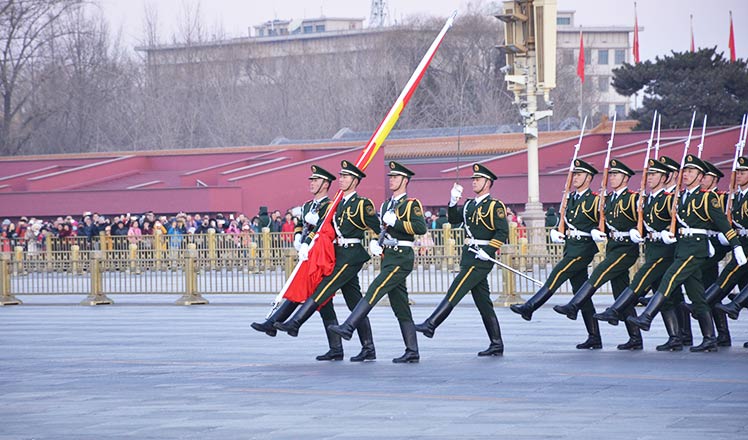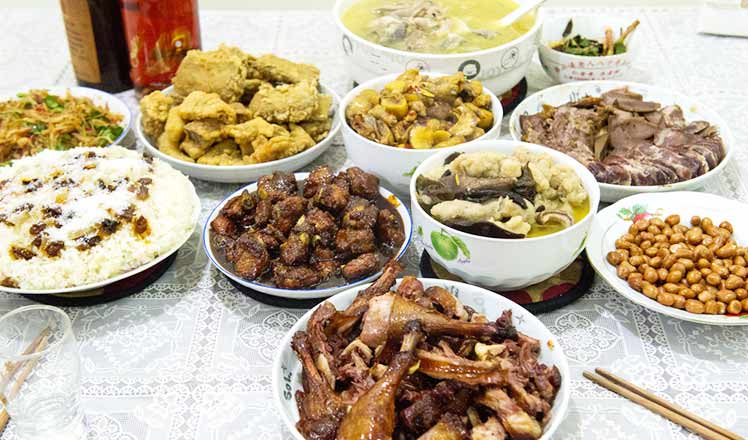LatAm reaps benefits of China's desire for 'luxury fruits'
Updated: 2016-02-08 06:30
By SHU JIE and MAO PENGFEI in Mexico City For China Daily(China Daily Latin America)
|
|||||||||
 |
|
Blackberries and blueberries from Mexico, bananas from Ecuador have become popular fruits among China's growing middle-income groups. They are ready to pay more for new flavors, better quality and health benifits. Photo by Mao Pengfei |
In late January, a shipment of 173 kilograms of raspberries grown in Mexico's northwest region was transported to China through a new logistical route, which opened following the meeting of officials from both countries to speed up Mexico's berry exports to the Asian giant.
The route, consisting of highways carrying berries from the San Quintin Valley in Mexico's Baja California to Los Angeles and an airline destined for Shanghai represents a potential increase of berry exports to the Chinese market, the largest consumer of agricultural products in the world, according to the Ministry for Agriculture, Livestock, Rural Development, Fishing, and Food (Sagarpa) of Mexico.
With rapid growth of the well-off middle class in China, the market for Latin American "luxury fruits" such as raspberries and blackberries is expanding quickly.
In addition, China's current development strategy, which seeks to transform the economy from an export- and investment-driven one to a consumer-driven one by boosting purchasing power, also greatly promotes the increase of the need for those fruits.
As the third-largest berry exporter in the world, Mexico is seizing the opportunity to benefit its growers.
In 2014, Mexico and China signed a phytosanitary protocol on export and import of the fruits, initiating the fruit exportation of Mexico to China since 2015.
Between January and April 2015, Mexican growers exported around 70 tonnes of raspberries and blackcurrants to China. The first-year results seemed to fall short as the trade opened when the production season was practically halfway completed in Mexico, which usually runs from October to April, according to Mario Andrade, the president of Mexico's National Association of Berry Exporters.
The exportation was achieved only via an air route between Guadalajara in western Mexico and Central China's Henan province, passing through Chicago.
The new route opened in time to boost Mexico's berry exportation to China, which will mainly benefit growers in the western states of Michoacan and Jalisco, the other two states with the highest berry production in the Latin American country.
During this year's raspberry and blackcurrant season, which runs from October 2015 to April 2016, 30 tonnes have been exported so far, according to Sagarpa.
Mexican producers hope to export 500 tonnes of berries to China in the current season, which will amount to around $50 million.
Although the sales are nowhere near the amount Mexican producers annually sell to the United States (which makes up 85 percent of Mexico's exports), 2016 is only the second year of Mexican exports of blackberries and raspberries to China.
The Mexican government projects that China could someday import 20 percent of Mexican berries sold.
Fruit producers from other Latin American countries also are looking to expand exports to the Chinese market.
In December, a Boeing 777 cargo plane carrying 100 tons of Chilean cherries and blueberries to northeast China's Shenyang province marked the first regular line of charter flights bringing fresh fruit from Chile to northeast China in only 20 hours instead of 25 days via shipment.
Air freight makes it possible for people in Northeast China to enjoy fresh blueberries, said Ji Bin, general manager of the Dalian Yidu Cold Chain Co, importer of the fruits.
Delivery of fresh fruits and other food products to Shenyang by air is becoming more common as the city strives to become a transit hub for imported goods.
Chilean blueberries are sold on Chinese fruit e-commerce platform fruitday.com at about 88 yuan ($13.60) per 500 grams.
It's relatively expensive for Chinese, who usually have local fruits like apples, oranges and pears. But more people will be able to afford the imported fruits, as the Chinese government aims to double the people's average annual income by the year 2020. That figure in 2015 stood at 21,966 yuan ($3,338).
Berries are not the only luxury fruits that have seen a sales boost in China. Mexico's avocado, known as "butter fruit" in Chinese because of its taste and texture, is also making inroads.
According to China Customs, China imported 31,800 kilograms of avocados in 2011, rising to almost 4.07 million kilograms in 2014.
The increased imports reflect the cosmopolitan tastes of China's middle class, who are ready to pay extra to sample new fruits, particularly those with health benefits.
China imported about $5.14 billion worth of fruit in 2014, up 25.4 percent year on year. The 2015 figures are expected to be higher.
- General strike against pension reform brings Greece to standstill
- Madrid airport sounds alarm after bomb threat on Saudi plane
- Obama proposes new oil tax to fund clean transportation
- UN special envoy announces temporary pause of intra-Syrian talks
- Taliban kill 10-year-old hailed as militia hero
- Obama slams anti-Muslim rhetoric during first visit to US mosque

 Xi Jinping grieves over Taiwan quake, vows aid
Xi Jinping grieves over Taiwan quake, vows aid
 Flash mob in monkey costumes appears in NYC to mark Chinese New Year
Flash mob in monkey costumes appears in NYC to mark Chinese New Year
 China's icebreaker 'Snow Dragon' reaches Ross Sea in Antarctica
China's icebreaker 'Snow Dragon' reaches Ross Sea in Antarctica
 Practice makes perfect for flag party on eve of Year of the Monkey
Practice makes perfect for flag party on eve of Year of the Monkey
 Spring Festival Eve dinners around China
Spring Festival Eve dinners around China
 Seven dead, hundreds injured after quake flattens buildings in Taiwan
Seven dead, hundreds injured after quake flattens buildings in Taiwan
 Kindness walls bringing extra warmth to the needy
Kindness walls bringing extra warmth to the needy
 A robot that grabs red envelopes
A robot that grabs red envelopes
Most Viewed
Editor's Picks

|

|

|

|

|

|
Today's Top News
National Art Museum showing 400 puppets in new exhibition
Finest Chinese porcelains expected to fetch over $28 million
Monkey portraits by Chinese ink painting masters
Beijing's movie fans in for new experience
Obama to deliver final State of the Union speech
Shooting rampage at US social services agency leaves 14 dead
Chinese bargain hunters are changing the retail game
Chinese president arrives in Turkey for G20 summit
US Weekly

|

|








